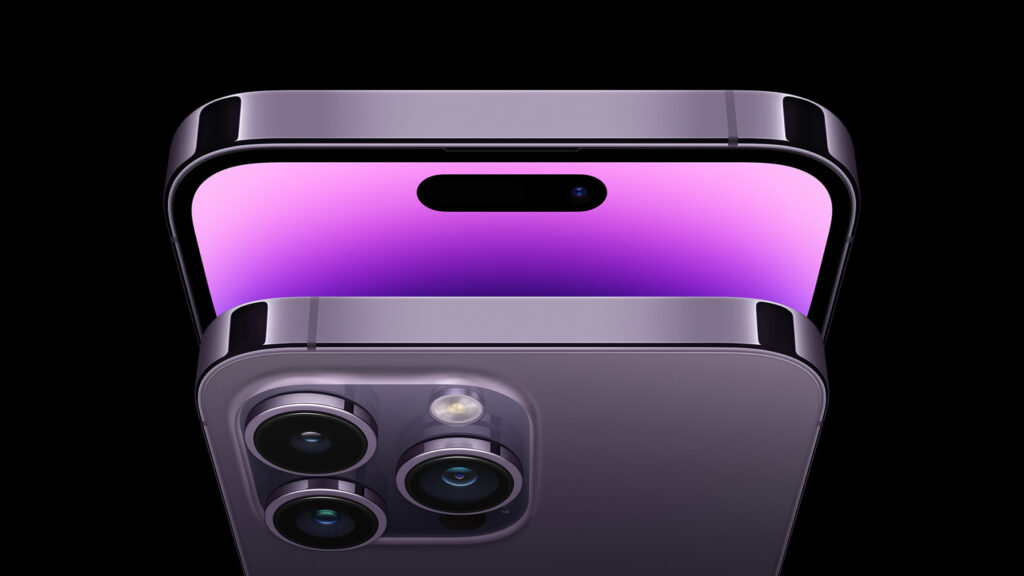Extended Satellite Emergency SOS for Apple iPhone 14 Users
The functionality made its first appearance on every iPhone 14 model within the United States and Canada. Presently, it has been extended to encompass the iPhone 15 series, making it accessible in 16 countries and regions worldwide.

Contents
Apple iPhone 14 users now have the added benefit of an extra year for the Emergency SOS via satellite feature. This feature, allowing users to reach emergency services without a cellular or Wi-Fi connection, has been extended for two more years at no cost.

Apple initially introduced the Emergency SOS via satellite feature a year ago on November 15, and it was available for all iPhone 14 models in the US and Canada. The feature has now expanded to the iPhone 15 lineup in 16 countries and regions globally.

Regarded as a groundbreaking feature, Apple’s Emergency SOS via satellite has been instrumental in saving lives during emergencies. According to Kaiann Drance, Apple’s vice president of Worldwide iPhone Product Marketing, the feature has played a crucial role in various rescue situations worldwide, from car accidents in Los Angeles to locating lost hikers in the Apennine Mountains in Italy.

“We are so happy iPhone 14 and iPhone 15 users can take advantage of this groundbreaking service for two more years for free.”
Delay in Android’s Satellite Emergency SOS Feature

Meanwhile, Android users anticipating their own version of the Emergency SOS via satellite feature may experience delays. Qualcomm’s Snapdragon Satellite, set to bring this feature to Android, has been abandoned, creating a setback in competition with Apple’s iPhone emergency SOS feature. The partnership between Qualcomm and Iridium, announced in January, was terminated due to a lack of participation from smartphone manufacturers.

Despite successful development and demonstration of the feature, the Snapdragon Satellite SOS for Android faced a lack of interest in adoption. This move comes after Qualcomm initially revealed plans to collaborate with the Iridium satellite network and Garmin Response emergency rescue services at CES 2023. The initial release, targeting devices equipped with the Snapdragon 8 Gen 2 flagship chipset in North American and European regions, was scheduled for the second half of this year.

conclusion
In conclusion, Apple’s decision to grant iPhone 14 users an extra year of free access to the Emergency SOS via satellite feature reflects the company’s commitment to providing innovative and life-saving technology. This groundbreaking service, proven to have played a crucial role in various emergency situations globally, continues to be a significant asset for users. On the other hand, the setback faced by upcoming Android smartphones in implementing a similar feature emphasizes the challenges and competitive landscape in the ever-evolving world of mobile technology. As users on different platforms navigate these advancements, the focus remains on enhancing safety and connectivity in emergency scenarios, with each brand striving to lead the way in this critical aspect of modern device functionality.

ALSO READ : Vivo Unveils Latest Smartphones with MediaTek Dimensity 9300 SoC
ALSO READ : Samsung Galaxy S22 5G 53% Discount on this 5G phone of Samsung, know its cool features








[…] ALSO READ : Extended Satellite Emergency SOS for Apple iPhone 14 Users […]
[…] ALSO READ : Extended Satellite Emergency SOS for Apple iPhone 14 Users […]
[…] ALSO READ : TOPIC iPhone 14 users receive an additional year of complimentary access to the Emergenc… […]
[…] Also read this ….Extended Satellite Emergency SOS for Apple iPhone 14 Users […]